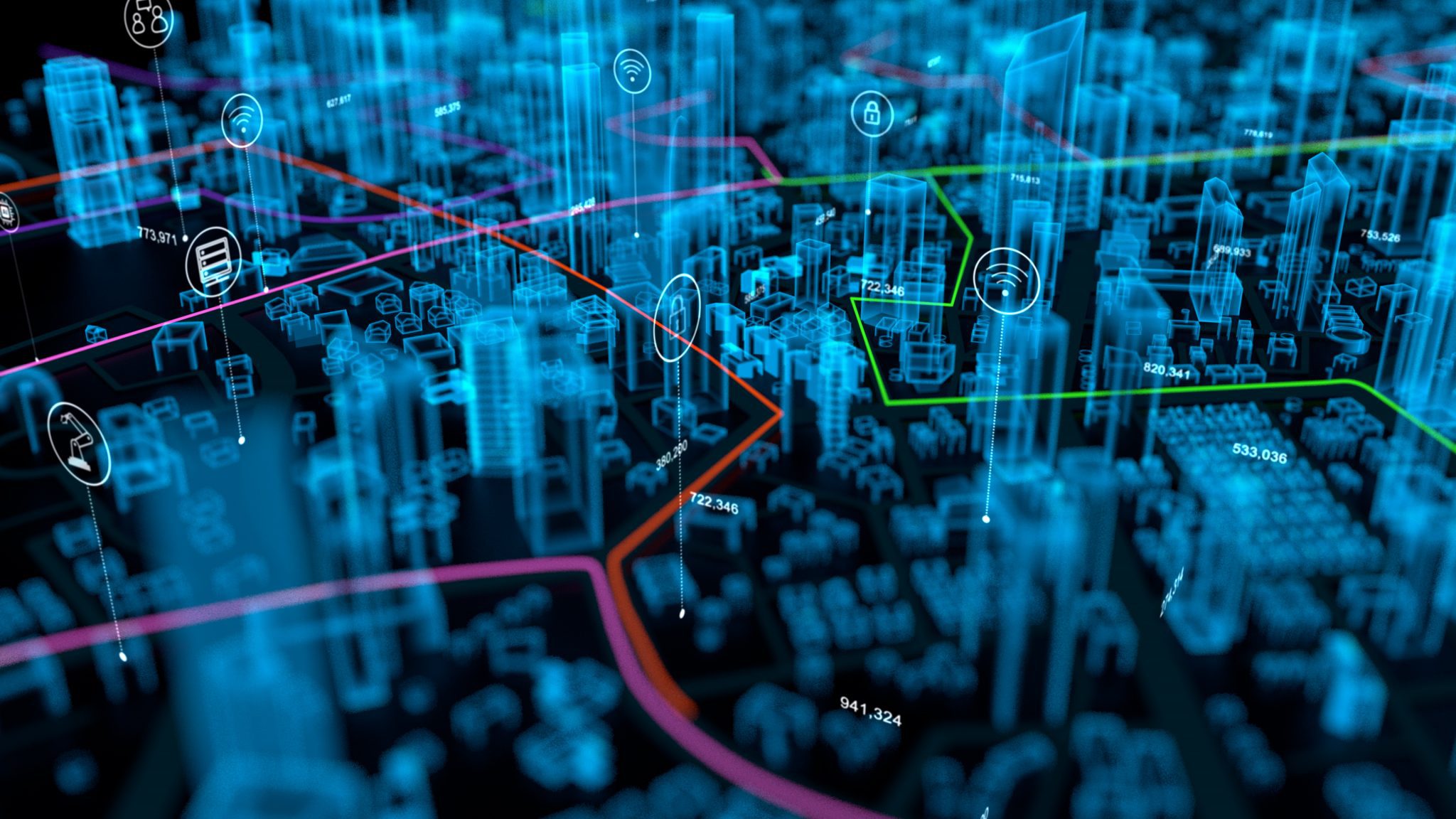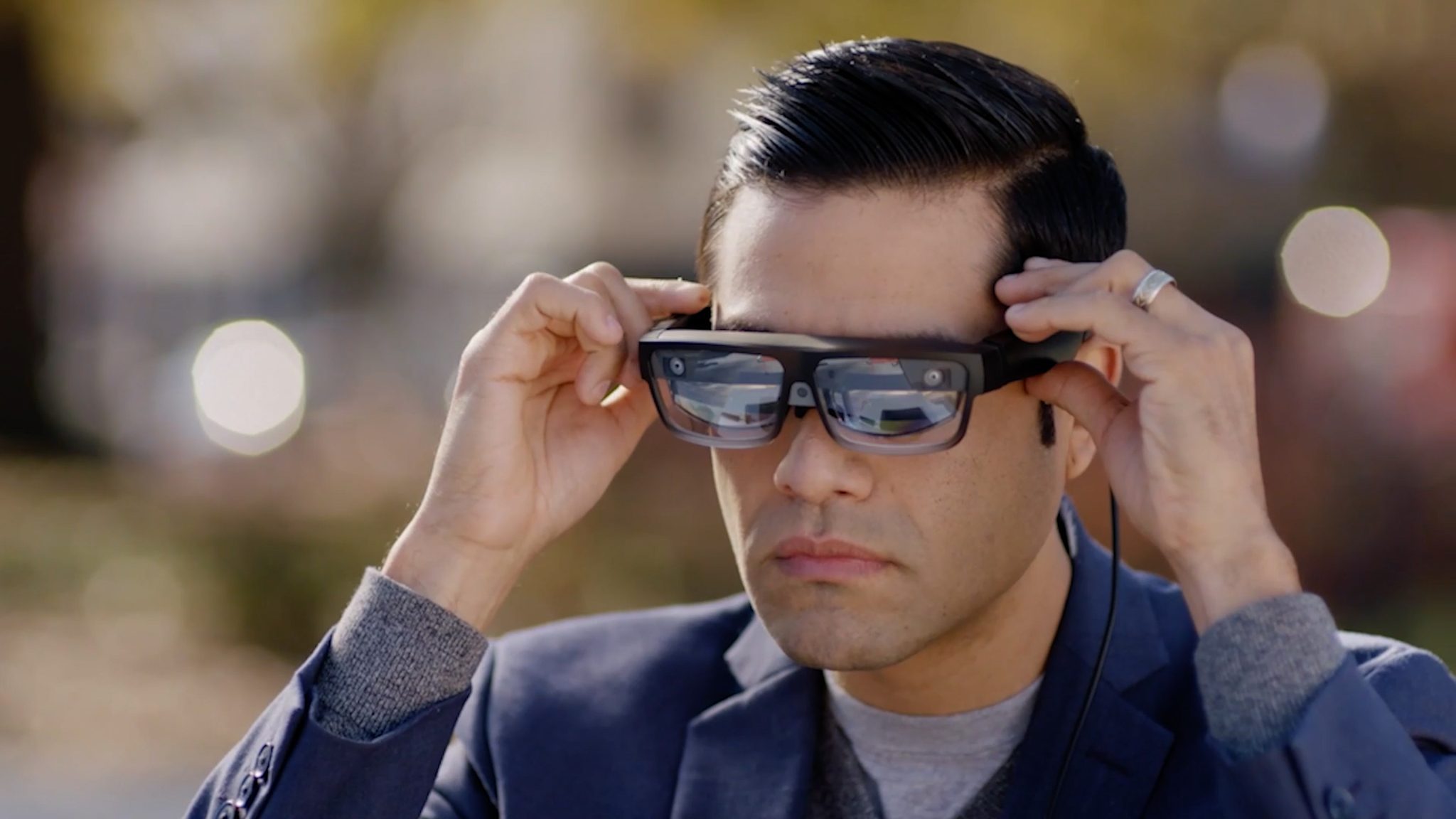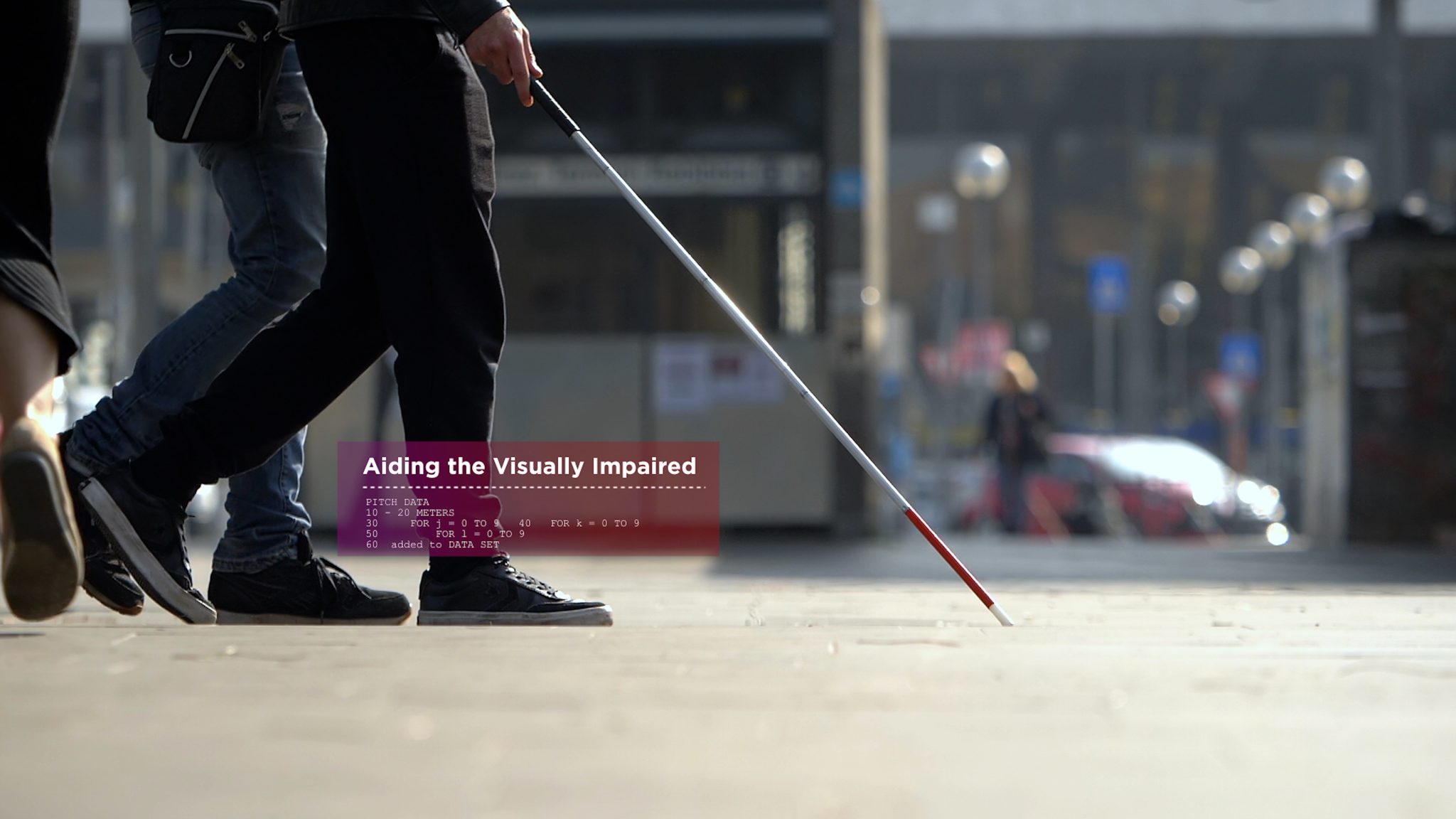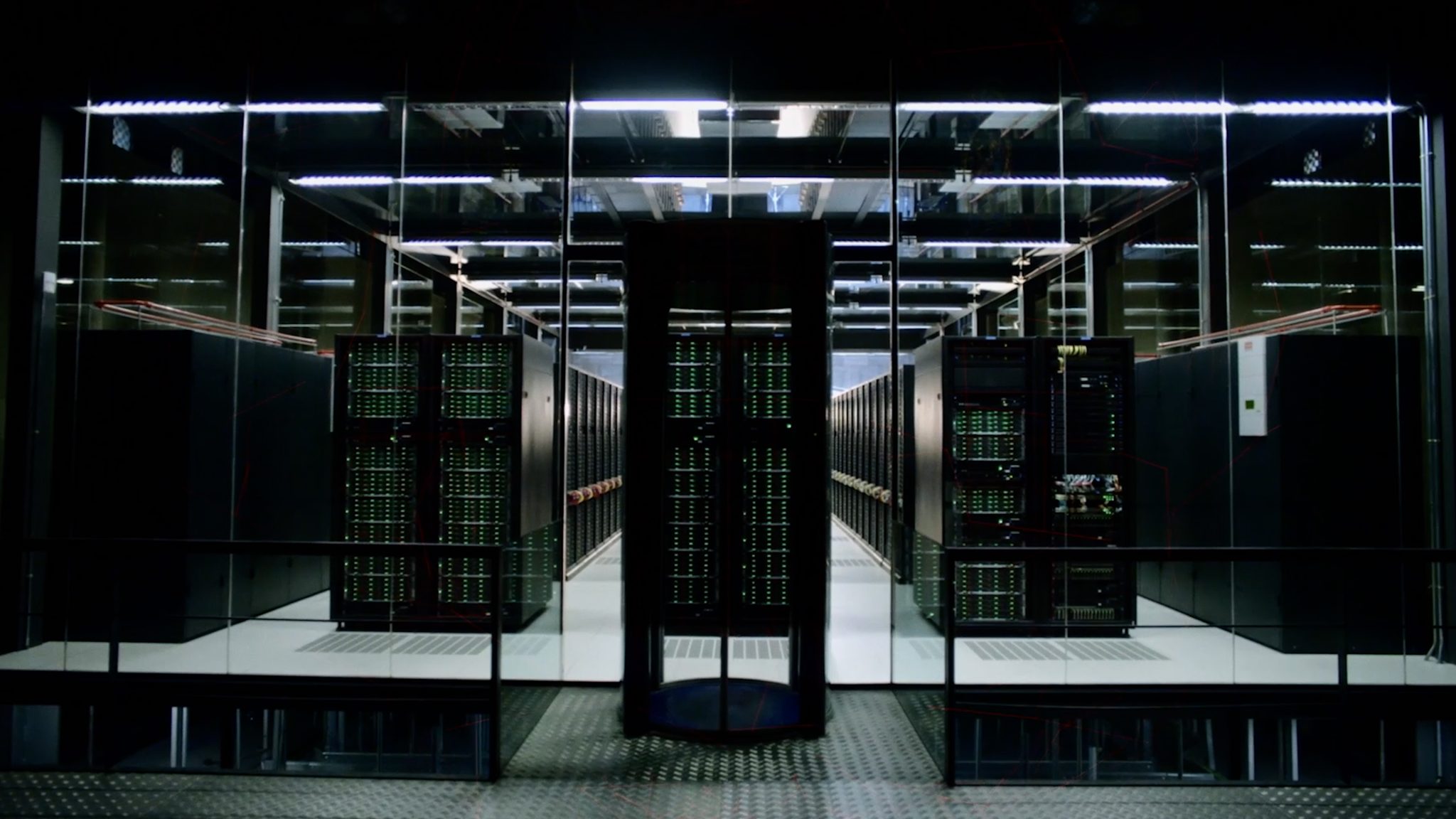A City Beyond Time
Like many of Europe’s great cities, Barcelona has an ancient history.
Archeological evidence dates the area’s earliest settlements back to 5,000 BCE. From Roman, Moorish, and Carolingian ruins to the medieval architecture of the Gothic Quarter, to La Sagrada Familia, a walk through the city of Barcelona is a walk across the ages.
With a history this rich, Barcelona’s leaders and city workers are consistently faced with the arduous and ceaseless task of infrastructure upkeep. Now, as the city looks forward, tech leaders in Barcelona are working to create a new technological infrastructure, to turn Barcelona into a city of the future as well as the past. They are accomplishing this with the help of Lenovo tech and the latest in ‘Edge Computing’ technology.
The Cutting Edge
In simple terms, “Edge Computing” refers to a computational paradigm, where data is processed at or near the location where it is produced. Compared to traditional or cloud computing, where servers processing data could be hundreds of miles away, edge computational networks are built with contextual relevance, connecting users to ‘on-premises infrastructure’ through fast and powerful 5G networks, and allowing those users access to information in a more instantaneous and accessible way.
While local companies like Cellnex, Nearby Computing, and Aumenta Solutions, work to put this tech into practice throughout the city, they turned to Lenovo for a collaboration of unprecedented scale, to help build Barcelona’s tech infrastructure.
A Symphony of Solutions
“5g allows us to not only connect different services but collect a lot of data,” says Eduardo Fichmann, Global Product Strategy and Innovation Director at Cellnex. “But just having the data is not enough. You need to process that data and make the data actionable. So that’s where the edge computing platform can enable cities to evolve.”
Charles Ferland, VP & GM, Edge Computing and Telecom at Lenovo noted that the first step in creating the city of the future was to find a way to integrate edge computing into the city.
“We had very underpowered computers that were living at the edge,” Ferland says. “We looked at the form factor and we realized that these edge servers have to go unnoticed within their environment. Lenovo produces some of the most ruggedized and compact laptops, so we relied on the craftsmanship and know-how of that engineering team, we combined it with our mobile group, and the data center group. We’re building some of the most resilient, most powerful, supercomputing in the world.”
Developing new technology, and specialized solutions, and implementing them across the city required not only the internal collaboration of multiple groups within Lenovo, but across different companies as well. Ferland remarked on the impressive effectiveness of these many specialized groups coming together to create something new.
“I see this collaboration a little bit like an orchestra,” Ferland says, “all the different instruments coming together and creating that perfect symphony.”
And Lenovo’s collaborators, such as Josep Marti, CEO of Nearby Computing were quick to echo the sentiment, praising Lenovo’s leadership in the endeavor.
“Lenovo has been visionary,” says Marti. “They have created a product line for edge computing that is unrivaled in the industry. We’re talking about a new generation of applications that, in the context of our smart city, will deliver a brand-new range of possibilities.”
Smart Shopping
One of those possible applications utilizes Lenovo’s ThinkReality A3 Smart Glasses to assist shoppers.
Shoppers wearing smart glasses can connect to local edge servers through 5G networks to receive product information in real-time, including pricing information, nutritional information for food products, and endless other uses.
Augmented reality tech like Lenovo ThinkReality smart glasses are exploding in popularity as more and more innovators become energized by AR’s possible applications. But often, those applications are limited by the infrastructure available to support them. Using Barcelona’s edge servers, smart glasses are better able to offer the seamless interfacing that gives the technology its appeal.
“You will see all the information that you need to know to make smart choices,” says Javier Campos, CTO of Aumenta Solutions.
Augmented Exploration
Most current augmented reality technology requires additional computational power to process data, but with Lenovo edge servers nearby, a simple and fast 5G connection gives smart glasses exponentially more capabilities.
With new inroads to augmented reality opened by edge computing, innovators are finding even more ways to utilize the technology. Engineers are also using Lenovo edge servers and smart glasses to imagine use cases beyond shopping, to make Barcelona a more accessible place to live.
Around 1Billion people in the world experience some sort of visual impairment that simple glasses can’t address. But smart glasses like Lenovo’s ThinkReality A3 can offer more autonomy and safety to visually impaired people through edge computing applications.
Users wearing smart glasses can connect to Barcelona’s edge computing network to receive information on their surroundings relayed in audio format through the glasses’ integrated speakers.
That information includes locations and statuses of crosswalks, traffic signals, and additional navigation and safety information that can make users’ lives easier and safer.
Emergency Aid
The safety of Barcelonans is also a chief concern behind the efforts of Lenovo collaborators Nearby Computing, who have developed methods for Lenovo’s edge servers to improve the city’s emergency services.
When a traffic incident occurs, city cameras can recognize the event and inform emergency responders. Through the city’s 5G network and the infrastructure’s most advantageously placed edge servers, those responders can have near-instant access to the information to best coordinate their response.
“The key is to process as much information as possible in real-time,” Says CEO Marti. “And this matters a lot because, in dense cities like Barcelona, any minor incident can become a major problem in minutes.”
The Cities of the Future, Today
The collaboration between Lenovo and Barcelona’s tech leaders is already opening opportunities for technology to improve the lives of Barcelonans. Leaders like Javier Campos are more confident than ever that edge computing is key to meeting the needs of a modern city. “We live in a complex environment in which we have a lot of information,” says Campos. “The question is, how can we help people with this technology, to provide them a better life?”
Both Marti and Ferland see the work being done in Barcelona as a clear indicator that cities across the globe can benefit from edge computing, and that Barcelona can serve as a model for cities past, present, and future.
“Barcelona really allowed us to deploy edge computing into a real environment,” says Ferland. “And use this expertise and know-how to build a blueprint.”
Marti says he is excited to share that blueprint.
“So, what we can say to cities all around the world is: Technology is ready.”





